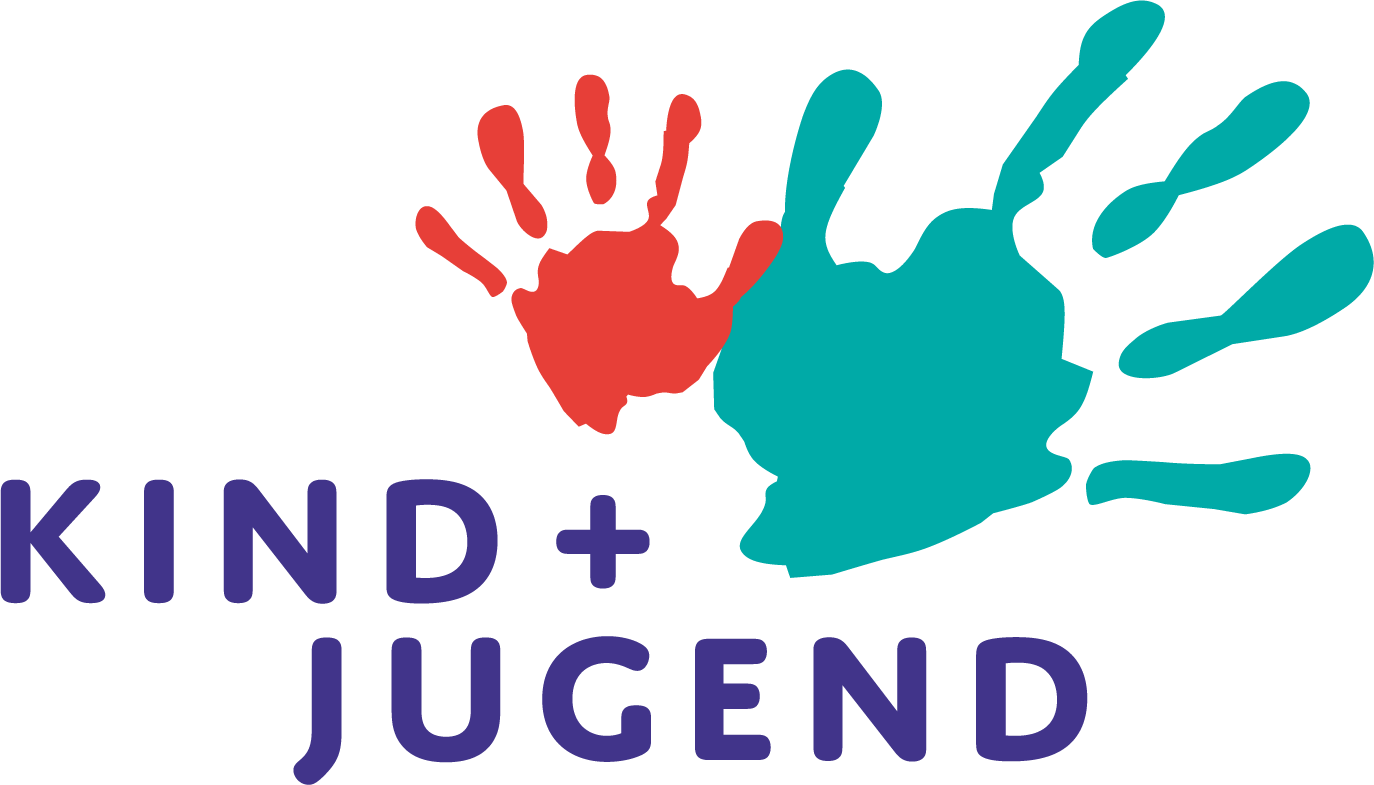Fitness trackers - smart playful motivation to get moving
17 Aug 2021

Fitness trackers encourage children's natural urge to move. © Fitbit
Fitness trackers achieve what the entreaties of parents often cannot: they motivate kids to get out and move. It is therefore not surprising to see more and more children sporting these trendy devices.
Many children often spend a lot of time playing on the computer and too little time outside. According to a study by the University of Munich, the pandemic has further exacerbated this lack of exercise. Instead of the 12,000 steps or 90 minutes of physical activity per day recommended by pediatricians, 60 percent of 10- to 14-year-olds fail to get at least one hour of daily exercise. The consequences are disastrous and motivation and mood suffer. An increasing number of children have physical fitness and motor skill deficiencies, and the risk of obesity and diabetes is growing.
How do you get couch potatoes off PlayStation and out into the fresh air? The best thing is to encourage their natural urge to move. This is where fitness trackers come in. The smart wristbands count steps and activities and use game elements to motivate kids to get outside and run around. Kids love the cool design and playful movement-based activities. It encourages them to track their steps in real time on the display, which helps them develop a sense of distance. In the evening, they proudly show their family how much they have achieved.
Smart wristwatch with many functions
Most fitness trackers offer basic functions like time display, timer, step counter, calorie consumption, activity measurement, and a heart rate/pulse monitor. With some devices, such as the Vivófit jr. 2 from Garmin inspired by the Marvel adventures, there is an extra dose of motivation: after hitting their exercise goal, the child is rewarded with a new level of adventure. Other trackers also offer message functions, an MP3 player, call mode and GPS, such as the one from YoYoFit 905HR. GPS is especially important to parents because it helps them locate their kids and keep tabs on their whereabouts.

An extra dose of motivation with the Vivófit jr. 2 from Garmin. © Garmin
Unlike trackers for adults, only parents can access the transmitted data on the devices for kids via a smartphone app and control the settings like assigning tasks, unlocking games as a reward or activating a timer to remind them to do their homework or that it’s time to go home.
Wearables growth market
Digital wearables that help to add more movement in everyday life have long been a must-have for health-conscious adults. In Germany alone, Statista expects total sales to reach around EUR 437 million in 2021 and average revenue of EUR 60.35 per user. Worldwide sales are expected to increase from 445 million units in 2020 to more than 630 million in 2024.
Now the trend is also taking over the world of children, but not all fitness gadgets that look colourful and cool are suitable for kids. They have to meet certain criteria, which parents are paying increasing attention to when making a purchase. First and foremost, the device must be robust as well as waterproof so that it can also be worn while swimming. In addition, the display should not stick out of the casing too much so it does not get scratched. The band should not be too loose or snug. Soft, flexible bands that can be adjusted to fit small wrists comfortably and securely, and grow with the child are best. Simple menus make for easy operation. Another plus is a device with a long run time without constant charging, like the Ace 3 from Fitbit which has a battery life of around 8 days.
When it comes to the motivation for sports and exercising, it is important to note that fitness trackers are toys - and playing should be all about fun.
